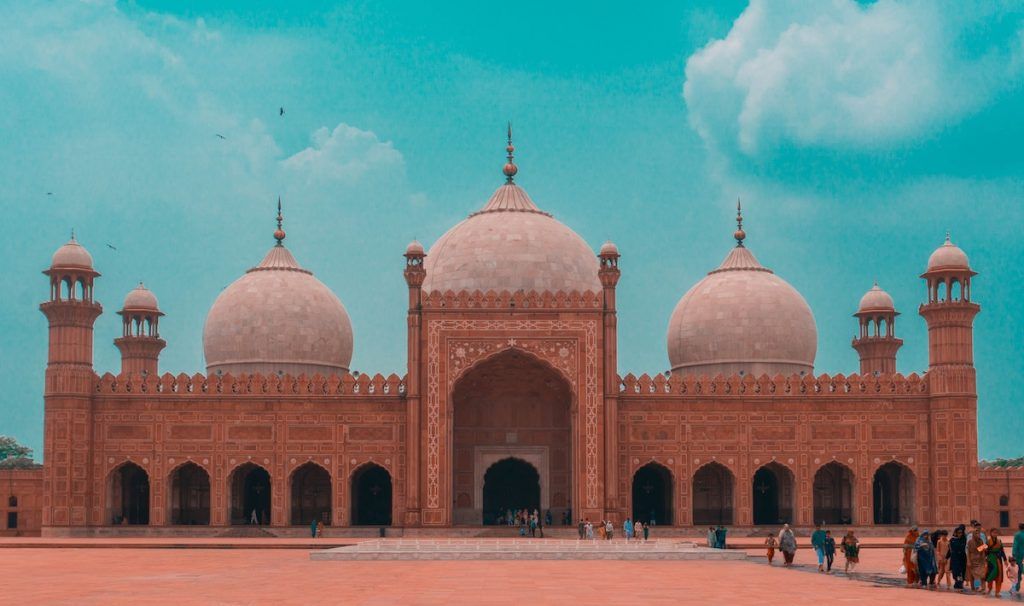Pakistan

Recommended vaccinations by the Centers for Disease Control and Prevention for all travellers to Pakistan:
Recommended vaccinations by the Centers for Disease Control and Prevention for some travellers to Pakistan:
Other diseases to consider while travelling to Pakistan:
Traveller information
Pakistan is an enormous country located in South Asia, home to epic landscapes along the Karakoram Highway and the relatively modern capital city of Islamabad. However, beneath the country’s astounding beauty and seemingly progressive development, Pakistan is still undergoing political unrest and travel to many parts of the country are tricky, if not impossible. As things improve in the country, hopefully this fascinating place will open up to tourism and visitors can once more flock to the rugged Mughal territories and explore the historic city of Lahore.
If you’re a hardened traveller, then Pakistan can reward you with moments of unique bliss. The Karakoram Highway was once a key route along the Silk Road and is an impressive feat of engineering, funnelled through entire mountains. But its what lies on its zig-zagging path that is truly astounding: the vast Hunza Valley rolls out into the distance, met on the horizon by the huge, snow-capped mountain of Nanga Parbat. In the far North of Pakistan is a section of the Himalayas where you can see K2, the world’s second largest mountain. Scattered through these epic landscapes are ruins, ancient villages, and stretches of arid desert.
Polio
Pakistan is one of the three countries in the world which has not eradicated polio. The disease is endemic in the country and just in the first half of 2019, 5 polio cases were reported by Pakistani health officials. The country however, has taken a pledge to eradicate polio, and has been striving to achieve high vaccine coverage rates in children. If you or your children have not been vaccinated against polio as of yet and are travelling to Pakistan, it is recommended that you receive the polio vaccine before your travels. Polio is highly infectious and is most commonly spread through the consumption of contaminated food and water. It is highly preventable by vaccination.

Contains public sector information licensed under the Open Government Licence v3.0.